
The Renaissance era is considered an era of change. If music was the extended form of text, then musical instruments were the means used to make a statement of bravery and heroism during the Renaissance era between the 14th and 16th centuries. Harp, a popular instrument of music of this era was used to sing heroic ballads and love songs. The Harp occupied a place of position in the court of the kings where the court singer sang ballads about the bravery of the earlier kings. Also, it was an instrument used to convey sentiments and despair. Belonging to the family of stringed musical instruments, the Harp is one of the oldest known musical instruments. With its heavenly sound the Harp is considered to be the instrument of the Angels. Let us learn about this instrument in detail.
Harp has its origin as early as 5,000 years ago. Ancient Harps are believed to have been made from hunting bows and had a few strings attached to the wooden frame of the bow. According to the Biblical legends, the Harp was the musical accompaniment of the Jews and was also played by David and was known as David’s Harp. A six–stringed instrument attached to a wooden frame with wooden pegs was found in Egypt. Around 2500 BC, the Greeks used large Harps made of strings that were attached to a wooden frame, resembling an angle. The 9th century saw Harps in a triangular wooden frame. Celestin Hochbrucker is credited with the making of the Harp around the 17th century. The modern Harp mostly played today is the double–action pedal Harp invented by Sebastian Erard in 1810. The early Harps were small and easy to carry but the recent Harps are large and rest on the floor while being played. The Harp designed by Stephen Erard continues to be popular even today.
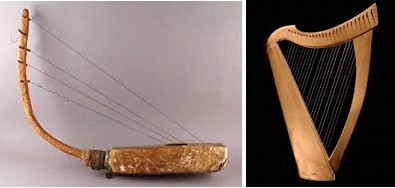
Like all stringed instruments, the Harp is sounded when the strings are plucked either by hand or by a plectrum. The Harp has a diatonic tuning and every string has a different pitch. The strings vary in length. The short strings are placed near the neck while the long ones near the foot or away from the player. The left hand plays the long strings while the right hand plays the shorter ones. The strings are plucked with the finger tips. Striking of the strings in the middle produces the largest sound. The Harp is played in a sitting position. In the pedal Harp, there is a pedal for each note. In a double–action pedal Harp, all the keys can be played.
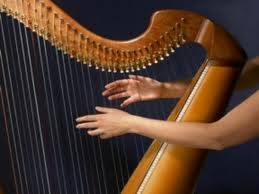
Components of Harp include the neck, shoulder, soundboard, sound box, tuning pins, pillar, pedestal, foot, pedal and strings.
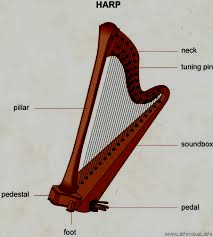
A Harp is primarily made from maple. Boards of maple, spruce, beech and other woods are stored for about 6 months for adjustment to climatic conditions. Other small wooden parts are also made and stored. The wooden frame and parts are hand–cut for precision. About 1,500 pieces of brass and steel are used into the making of a Harp. The wooden and metal parts are stored before the assembly. Before the assembling of the parts, the wooden parts are decorated after they are coated almost 10 times with lacquer or wood stain. Parts of the neck, body, soundboard, base and column are brought together to make the frame of the Harp. The sound mechanism is fitted within the column and is connected to the brass plates fitted below the neck and pedals on the base. Strings are attached to the brass pegs that are fitted to the neck and are attached in the middle strip of the sound board. Loose strings are tightened to achieve the correct tension and are tuned to the required pitch.
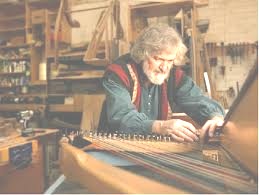
A double–string Harp is effectively played with the bluegrass or blues music which is known for being vocal against social discrimination. The Celtic Harp is played in Irish, Welsh or Scottish country music. The Baroque and Romantic compositions of classical music are played on the pedal Harp. Today, the jazz, heavy metal, folk, Jewish, Klezmer and Liturgical genre of music can be played on any Harp. Also, the new age music, rock, pop, therapeutics and vocals can be played to the accompaniment of any type of Harp.
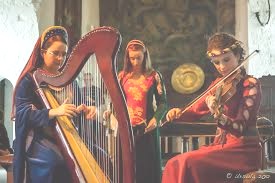
A Harp is an instrument which is exposed on both the sides and where the strings run away from the sound board, gradually increasing in length. Lyre, Crwth, ancient Egyptian Harps, medieval Harps and Harpa doppia of Spain and Italy are included as the ancestors of the Harp. Modern day non–pedal Harps include the Gothic, lever, Celtic and folk Harp along with the wire Harp, multi–course Harps with double, triple or cross strings, Paraguayan or Latin American Harps and electric Harp.
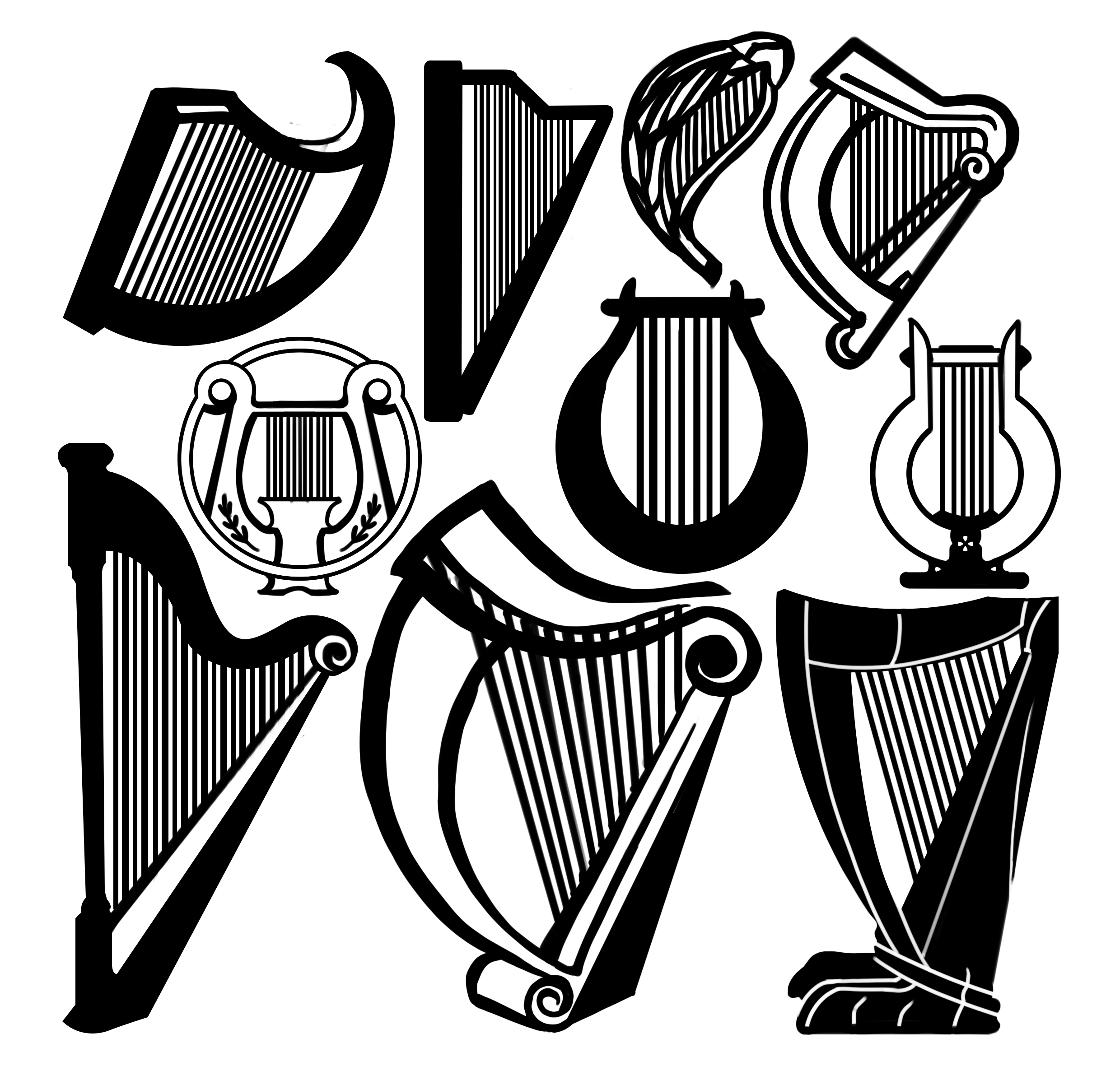
Notable harpers include Louise Trotter (Jazz, Classical, Broadway and others) Harper Tasche (Folk), Sylvia Woods (Rock pop and Celtic), Ray Pool (Celtic and classical), Kim Robertson (New Age World music) and Joanna Mell (Therapeutic).
The Yale School of Music, University of Colorado Boulder and the Guildhall School of Music and Drama teach the basics of various musical instruments, including the Harp. Harp is a stringed instrument and is played in the same way as any other stringed instruments. For beginners, it may take a few weeks, some months or a year or more to learn the Harp.


